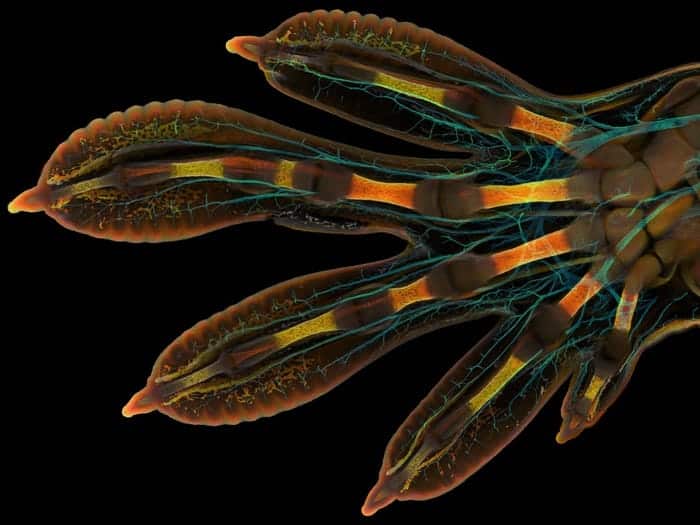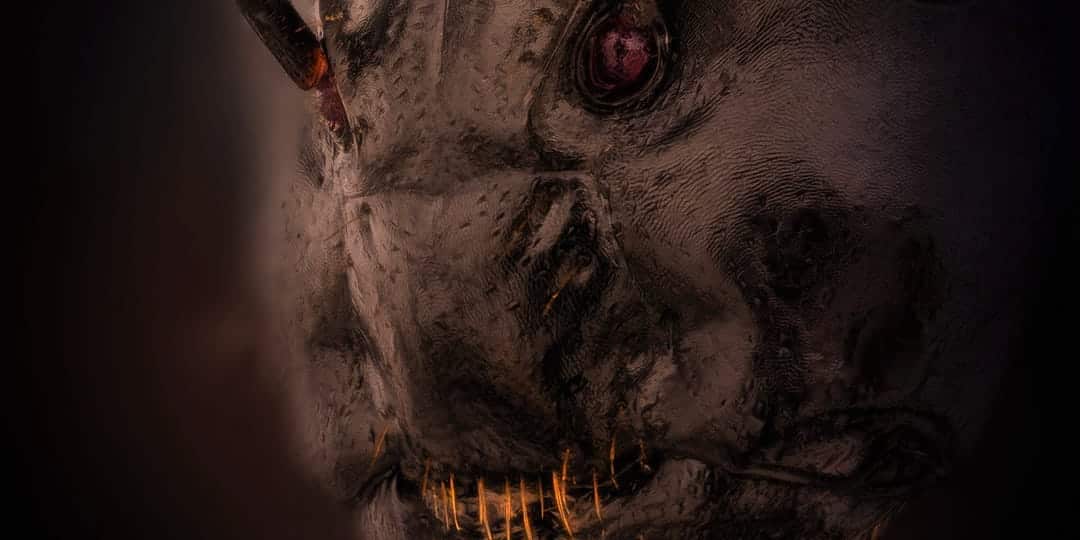It’s not one of Tolkien’s orcs straight out of Middle Earth. Instead, it’s just what ants look like when you get right up close and personal with them.
Eugenijus Kavaliauskas, a wildlife photographer from Lithuania, entered this photo of the face of an ant into the 2022 Nikon Small World Photomicrography Competition. A microscope was used to make the photo five times bigger. This event is a celebration of the art of microscope photography, which lets people take pictures of tiny details that can’t be seen with the naked eye.
The picture that Kavaliauskas sent in was chosen as one of the 57 “Images of Distinction.”
Kavaliauskas’s portfolio shows that he has won several other photography awards for his pictures of birds of prey.
Kavaliauskas told Insider that it was easy for him to catch an ant because he lived near a forest.
“But it’s boring to take a photo of an ant, running banally, on the ground,” Kavaliauskas said. He instead put the ant in the eyepiece of a microscope and started taking pictures of it.
“I’m always looking for details, shadows, and unseen corners. The main goal of photography is to be a discoverer,” Kavaliauskas said. “I am fascinated by the Creator’s masterpieces and the opportunity to see God’s designs.”
When asked about how scary the ant looked under the microscope, Kavaliauskas said, “There are no horrors in nature.”
“When I first started with microphotography, I, too, thought all beetles looked a little like monsters,” he said. “But now, I’ve gotten used to it, and am surprised that there are so many interesting, beautiful, and unknown miracles under our feet.”
Even though it was scary, the photo didn’t win first place in the contest. Kavaliauskas got a $35 Nikon item because of the ant photo he took.
Grigorii Timin and Michel Milinkovitch, both of the University of Geneva’s department of genetics and evolution, were given the highest honor and a cash prize of $3,000. The two people were able to get a picture of the front paw of a Madagascar giant day gecko that was bright and full of fluorescent colors.

“This particular image is beautiful and informative, as an overview and also when you magnify it in a certain region, shedding light on how the structures are organized on a cellular level,” Timin said in a Nikon news release.
Nikon says that anyone who is interested in both photography and microscopy can enter the photomicrography contest. This year’s competition was the forty-eighth time that it has been held. On October 11, the winning photos, which were chosen from 1,300 entries, were shown to the public.
The call for entries for the competition in 2023 is currently open, and all entries must be sent in by April 30, 2023, to be considered.









